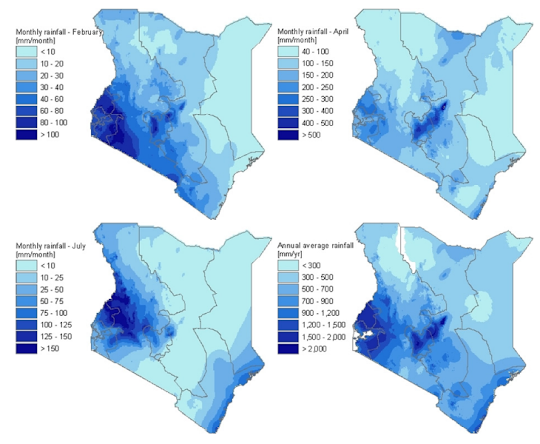The Usanga Wetlands in Tanzania
The country Tanzania, seated in East Africa is frequently
known to Europeans and Americans as the place to spot the Big Five! However, few
recognise the complexities of the Tanzanian climate, perceiving it solely for
its commercial value within the tourist industry.
Often overlooked and discouraged, wetlands provide valuable contributions to human life. This is particularly evident in Tanzania, where although they make up less than 10% of the land, their presence helps sustain 95% of the country’s wildlife and livestock. The wetlands of the Usangu Plains, situated in the headwaters of the Great Ruaha River are the most valuable freshwater resource for Tanzania.
However, the ecosystem is particularly
susceptible to climate variations and primarily used for irrigation of agriculture, causing heavy water abstraction. This has resulted in falling ground water tables, dried
up connecting tributaries and polluted waterways. The question now is how can
the Usangu wetland be maintained as a key water source for the agricultural industry
and also be protected against overuse and anthropogenic climate change.
The International Convention of Wetlands (Ramsar Convention), encourages sustainable utilisation of wetlands on a local scale, recognising the benefits they have as a water resource. Conversely, the discourse on how to protect and maintain their use in an effective fashion can be muddling.
So far, it has been argued
that for the case of wetlands in Africa, there is merely not enough data to effectively
understand these habitats, hindering the options to implement successful management
systems in areas where water is already scarce. In saying this, in the early 2000s,
notably around the time the Green Revolution was rising across African countries,
research was conducted
into why the rivers connecting the Usangu wetland were drying up earlier than usual.
This was estimated to be due to the mass irrigation and abstractions taking place.
Since the 1970s, there has been rapid expansions in the irrigated area of the
wetland, increasing
from around 10,000 ha to 44,000 ha in just over 30 years. Notably, this
correlates with an increasing population, with human activities altering the natural
flow and equilibrium of the wetland.
Graph of population growth in Tanzania since the 1960s
To try and combat the rapidly reducing water levels, various Integrated Water Resources Management (IWRM) projects have been implemented, including action from the Department of International Development (DFID) via the “Sustainable Management of the Usangu Wetland and its Catchment” (SMUWC).
In essence, this was a top-down funded project to assess the wetlands and their catchments, decide the rights of who should utilise the wetland resources all whilst trying to increase local involvement. The conclusion was that the three main state farms would drastically reduce their water usage during the dry season and distribute remaining water for domestic use and to small farms.
However, the top-down scheme meant policy uptake was not effectively
implemented and the challenge to protect and maintain the wetland persists. There
are various management strategies implemented across the length of the Great Ruaha
River, attempting to manage contesting needs including balancing the tourist
industry, intensive farming and local wellbeing. Policy making and deciding who
gets what is particularly challenging with the clear interconnected relationship
between food and politics at play here.
Overall, the issue remains that the Usangu wetland is drying
up quicker and earlier in the season than previous, creating issues for those
living downstream and the farming industry who rely on the freshwater resource.
It has been suggested that to maintain
the absolute minimum desired flows downstream in the East Wetland, a 65% reduction
in abstraction from perennial rivers during the dry season would need to occur.
Therefore, it is essential to improve water efficiency and manage the water amongst
competing users. Whether
this be by reducing water diversions at the start of the dry season (June) in
hope to maintain wetland storage so they last through the entire period or increase groundwater storage via boreholes for domestic use, effective plans need to
be put in place for the Usanga to survive.






Comments
Post a Comment